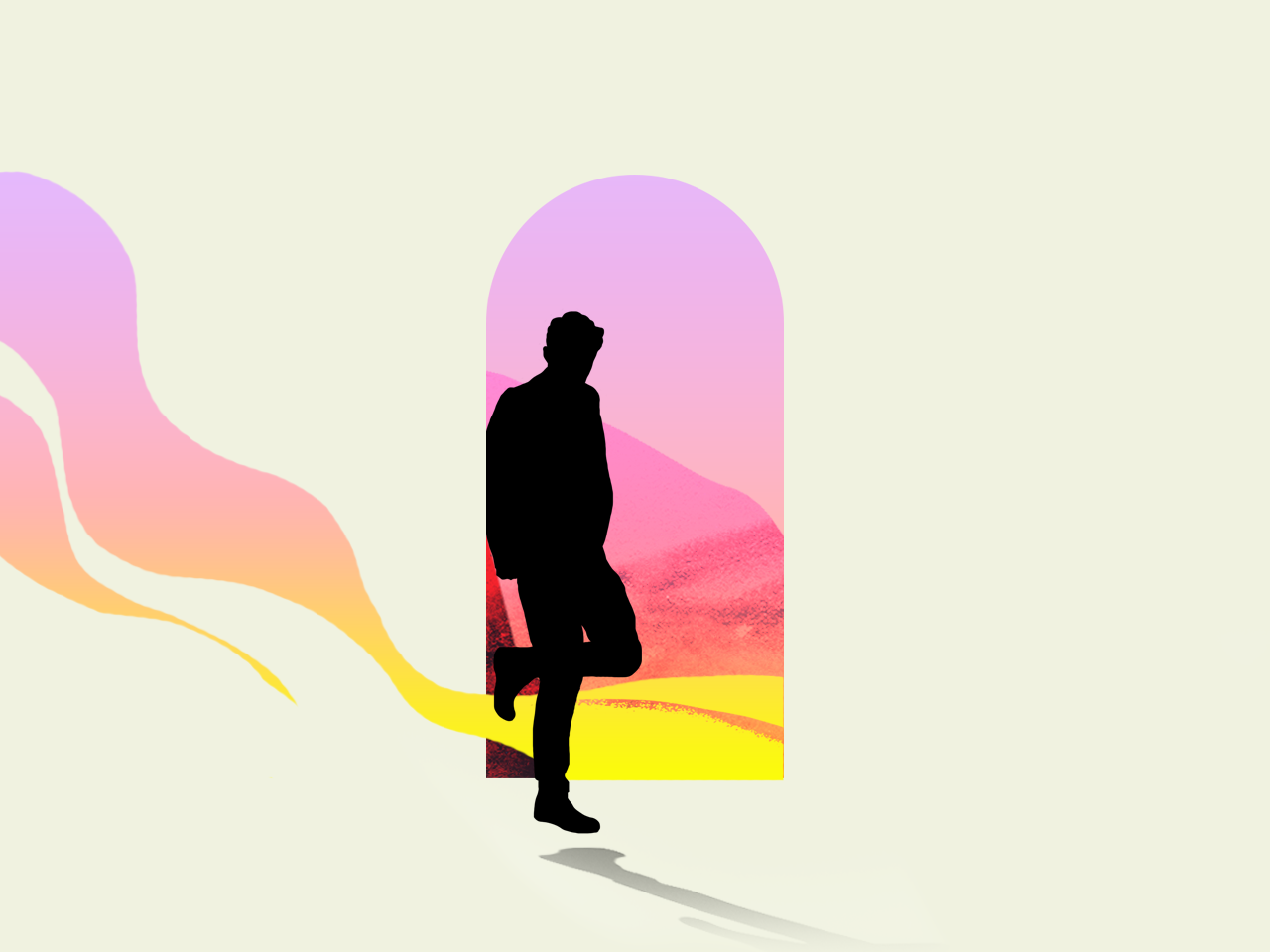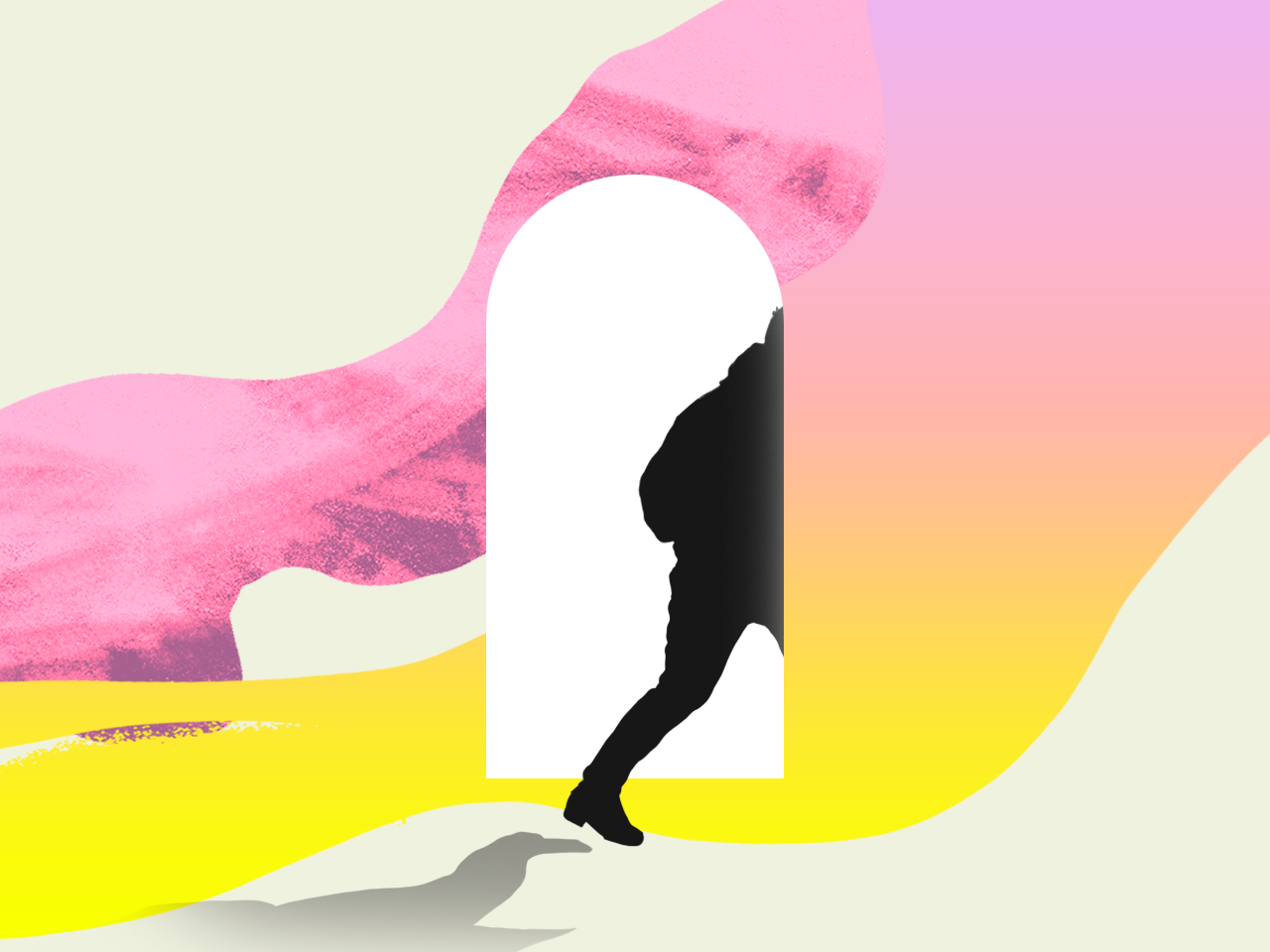How to Treat Your COPD At Any Stage
There's help no matter how advanced your COPD is

Chronic obstructive pulmonary disease, or COPD, affects millions of Americans, but not every case is the same.
No matter what stage your COPD is in, help is available.
It’s true that COPD is a progressive disease, which means it typically worsens over time. But you and your doctor can take steps to slow that progress — regardless of what stage you’re experiencing.
Here’s how your doc will determine your COPD stage
When you’re diagnosed with COPD, your doctor will give you one or a series of breathing tests to find out how severe your case is. The level of severity will determine which stage your case falls into.
In all, four stages make up COPD. The name of this classification is called the GOLD system, named after the Global Initiative for Chronic Obstructive Lung Disease.[1]
This system identifies your stage of COPD based on the following:
- Your symptoms
- How many times they’ve gotten worse
- Any hospital stays related to COPD
- The results of a lung-volume test called spirometry
Your stage of COPD will help your doctor best pin down how to treat and manage it.
Before moving into the stages of COPD, let’s first take a minute to address a topic that’s likely top of mind right now.
COPD and COVID-19: What you need to know
As you likely know by now, some people are more likely than others to become severely ill from COVID-19. Those with compromised immune systems, for instance.
Other medical conditions are also included on that list. One of those conditions is COPD.[2]
For this reason, the Centers for Disease Control and Prevention stresses that it’s “especially important for people at increased risk of severe illness from COVID-19, and those who live with them, to protect themselves from getting COVID-19.”
As a quick reminder, the CDC says the best way to protect yourself and to help reduce the spread of the virus is to do the following:
- Limit your interactions with other people as much as possible.
- Take precautions to prevent getting COVID-19 when you do interact with others.
- If you start feeling sick and think you may have COVID-19, get in touch with your healthcare provider within 24 hours.
But perhaps more importantly, the CDC has the following to say about those who are at an increased risk of severe illness:
- Continue your medicines and do not change your treatment plan without talking to your healthcare provider.
- Have at least a 30-day supply of prescription and non-prescription medicines. Talk to a healthcare provider, insurer, and pharmacist about getting an extra supply (i.e., more than 30 days) of prescription medicines, if possible, to reduce your trips to the pharmacy.
- Do not delay getting emergency care for your underlying medical condition because of COVID-19. Emergency departments have contingency infection prevention plans to protect you from getting COVID-19 if you need care.
- Call your healthcare provider if you have any concerns about your underlying medical conditions or if you get sick and think that you may have COVID-19. If you need emergency help, call 911 right away.
- If you don’t have a healthcare provider, contact your nearest community health center or health department.
Symptoms of Stage 1: Mild COPD
Symptoms of Stage 1 are mild. In fact, many people with Stage 1 COPD often don’t know they have it — chalking up occasional symptoms to a typical “smoker’s cough.”
Even if these symptoms are less noticeable, early detection helps prevent COPD from getting worse.
People with Stage 1 COPD may experience:
- Shortness of breath during physical activity
- Feeling more tired than usual
- A more frequent cough
- Interrupted sleep
At this stage, your lungs are functioning about 80 percent as well as healthy lungs.[3]
Treatments for Stage 1 COPD
In its various stages, COPD affects people differently. The treatment program your doctor recommends may change as the disease progresses.[4]
At this stage, your doctor will likely recommend changes to your lifestyle. If you’re a smoker, this is an important time to stop. Diet and exercise improvements can also help you go on living an active life.
Your doctor also may prescribe an inhalant called a bronchodilator to give you short-term relief from shortness of breath.
It’s also a good idea to get flu and pneumonia shots, since these diseases can be especially dangerous for people with COPD.[5]
Symptoms of Stage 2: Moderate COPD
Although early diagnosis is key to preventing a decline in lung function[5], many people are already on Stage 2 of COPD when diagnosed.[6]
That’s because this stage is when patients typically notice a worsening of their symptoms and tell their doctor about them. A short-term worsening of symptoms is known as a “flare-up“ or “exacerbation.“
The symptoms are similar to those in Stage 1, but they may occur more often or be more severe.
People at Stage 2 have lungs that are functioning between 50 and 80 percent as well as healthy lungs.[3]
Treatments for Stage 2 COPD
At this stage, it’s even more likely that your doctor will recommend a bronchodilator. This could be a long-term one that you’d take daily for 12 hours of relief.
As you begin to experience flare-ups, more meds, such as steroids and antibiotics, may be required to help manage them.[7]
Until you understand how to identify and respond to flare-ups, it’s important to contact your doctor as soon as you experience them.
Symptoms of Stage 3: Severe COPD
Breathing problems may significantly impact your quality of life and require more treatments during this stage.
Patients in Stage 3 often experience severe shortness of breath or get tired with even a bit of physical activity. Flare-ups can become more frequent, and COPD may affect your sleep more seriously, too.
Lung function at Stage 3 is about 30 to 50 percent of that of healthy lungs.[3]
Treatments for Stage 3 COPD
Your doctor will likely recommend you keep using a bronchodilator. You may also be prescribed steroids and antibiotics as flare-ups happen more often.
You may also need oxygen therapy, a treatment where you’ll breathe in oxygen through a mask or small tubes in your nose. This treatment helps your body meet its oxygen needs.[6]
Oxygen therapy can be intimidating, but it may be short-term, too. So try not to worry that you’ll be on it for the rest of your life.[7]
Symptoms of Stage 4: Very Severe COPD
The symptoms of COPD are at their worst during Stage 4.
Coughing becomes more frequent, as it is difficult for the body to clear mucus from the lungs. Tiredness and difficulty sleeping intensify at this stage, and patients may experience weight loss or gain.
At Stage 4, the lungs function at less than 30 percent of their healthy capacity.[3]
Treatments for Stage 4 COPD
Stage 4 COPD is also known as end-care. Your doctor may use some of the same medication treatments as previous stages, but with different dosages, combinations or frequency.
If these drug treatments are ineffective, your doctor may explore surgical options, although these only help some people at this stage.[10]
Sticking with your treatment can keep COPD under control
It can be scary to see how COPD can advance, but that’s why sticking with your doctor’s recommendations is important.
Following your doctor’s advice helps keep your COPD from advancing. Sticking with your prescribed medications can keep your symptoms manageable.
It may seem harder than usual, but take a step back. Take a breath.
This article is intended for informational purposes only and not intended to be medical advice, nor does it replace professional medical advice, diagnosis, or treatment. If you have any healthcare questions, please seek the advice of your physician or other qualified healthcare provider. If you are experiencing a medical emergency, call your physician or dial 911 immediately.
Brad Keefe is a former award-winning journalist and film critic of 20 years based in Columbus, Ohio. In recent years, he’s worked with several nationally renowned brands while continuing to occasionally scratch his journalism itch.
Carl Filer is a graphic designer and illustrator based in Columbus, Ohio. Carl has worked with brands such as Netflix, Ford, Hilton Hotels and more.
Sources
[1] “COPD Stages and the Gold Criteria,” WebMD, July 17, 2019
[3] “Explaining the COPD stages,” COPD, March 31, 2015
[4] “Stage 1 COPD: Mild Stage COPD and You,” Lung Health Institute, Oct. 10, 2016
[5] “Stage I (Early Stage) COPD,” WebMD, Feb. 12, 2018
[7] “Stage II (Moderate Stage) COPD,” WebMD, Feb. 13, 2020
[8] “Stage III (Severe Stage) COPD,” WebMD, Feb. 19, 2018
This article was last updated September 22, 2020



